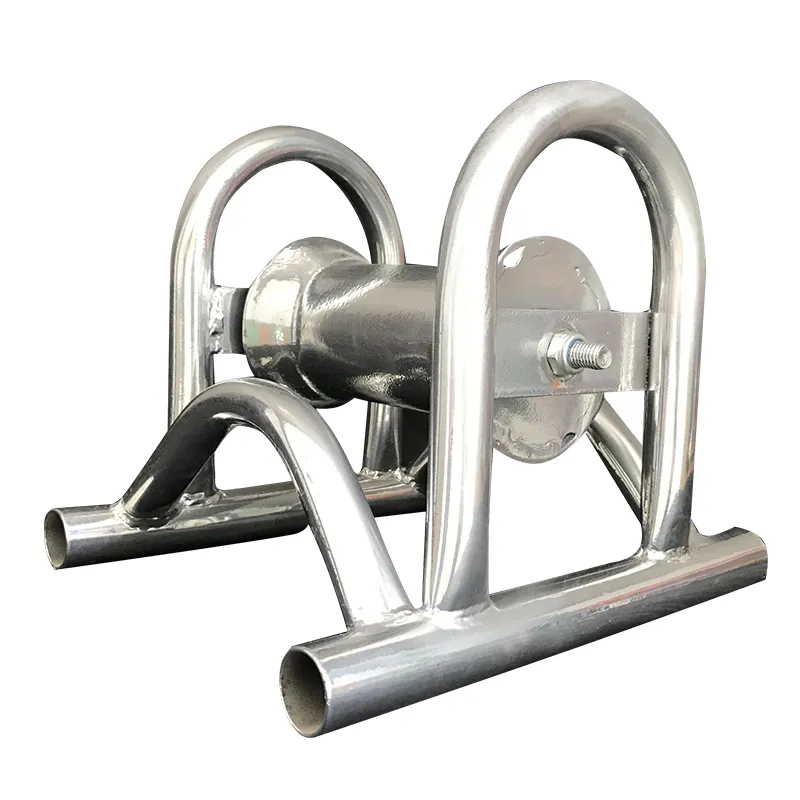
-
 Afrikaans
Afrikaans -
 Albanian
Albanian -
 Amharic
Amharic -
 Arabic
Arabic -
 Armenian
Armenian -
 Azerbaijani
Azerbaijani -
 Basque
Basque -
 Belarusian
Belarusian -
 Bengali
Bengali -
 Bosnian
Bosnian -
 Bulgarian
Bulgarian -
 Catalan
Catalan -
 Cebuano
Cebuano -
 Corsican
Corsican -
 Croatian
Croatian -
 Czech
Czech -
 Danish
Danish -
 Dutch
Dutch -
 English
English -
 Esperanto
Esperanto -
 Estonian
Estonian -
 Finnish
Finnish -
 French
French -
 Frisian
Frisian -
 Galician
Galician -
 Georgian
Georgian -
 German
German -
 Greek
Greek -
 Gujarati
Gujarati -
 Haitian Creole
Haitian Creole -
 hausa
hausa -
 hawaiian
hawaiian -
 Hebrew
Hebrew -
 Hindi
Hindi -
 Miao
Miao -
 Hungarian
Hungarian -
 Icelandic
Icelandic -
 igbo
igbo -
 Indonesian
Indonesian -
 irish
irish -
 Italian
Italian -
 Japanese
Japanese -
 Javanese
Javanese -
 Kannada
Kannada -
 kazakh
kazakh -
 Khmer
Khmer -
 Rwandese
Rwandese -
 Korean
Korean -
 Kurdish
Kurdish -
 Kyrgyz
Kyrgyz -
 Lao
Lao -
 Latin
Latin -
 Latvian
Latvian -
 Lithuanian
Lithuanian -
 Luxembourgish
Luxembourgish -
 Macedonian
Macedonian -
 Malgashi
Malgashi -
 Malay
Malay -
 Malayalam
Malayalam -
 Maltese
Maltese -
 Maori
Maori -
 Marathi
Marathi -
 Mongolian
Mongolian -
 Myanmar
Myanmar -
 Nepali
Nepali -
 Norwegian
Norwegian -
 Norwegian
Norwegian -
 Occitan
Occitan -
 Pashto
Pashto -
 Persian
Persian -
 Polish
Polish -
 Portuguese
Portuguese -
 Punjabi
Punjabi -
 Romanian
Romanian -
 Russian
Russian -
 Samoan
Samoan -
 Scottish Gaelic
Scottish Gaelic -
 Serbian
Serbian -
 Sesotho
Sesotho -
 Shona
Shona -
 Sindhi
Sindhi -
 Sinhala
Sinhala -
 Slovak
Slovak -
 Slovenian
Slovenian -
 Somali
Somali -
 Spanish
Spanish -
 Sundanese
Sundanese -
 Swahili
Swahili -
 Swedish
Swedish -
 Tagalog
Tagalog -
 Tajik
Tajik -
 Tamil
Tamil -
 Tatar
Tatar -
 Telugu
Telugu -
 Thai
Thai -
 Turkish
Turkish -
 Turkmen
Turkmen -
 Ukrainian
Ukrainian -
 Urdu
Urdu -
 Uighur
Uighur -
 Uzbek
Uzbek -
 Vietnamese
Vietnamese -
 Welsh
Welsh -
 Bantu
Bantu -
 Yiddish
Yiddish -
 Yoruba
Yoruba -
 Zulu
Zulu


វិច្ឆិកា . 23, 2024 22:05 Back to list
Horizontal Crimping Equipment for Efficient Wire and Cable Processing Solutions
Understanding Horizontal Crimping Machines An Overview
In today’s modern manufacturing landscape, the need for efficient, reliable, and versatile machinery is paramount. One piece of equipment that has gained prominence in various industries is the horizontal crimping machine. These machines play a crucial role in the assembly of components requiring secure and precise connections, making them essential in sectors ranging from automotive to telecommunications.
What is a Horizontal Crimping Machine?
A horizontal crimping machine is an industrial device designed to join two or more components by deforming one or more parts to create a tight and secure joint. This process, known as crimping, is achieved by applying pressure to metal connectors, wires, or terminals, ensuring a solid bond that can endure mechanical stresses and environmental factors.
These machines are characterized by their horizontal configuration, which allows for easier handling of workpieces and facilitates automated operations. This design is especially advantageous in high-volume production environments, where speed and efficiency are of the essence.
Key Features and Benefits
1. Precision and Consistency One of the primary advantages of horizontal crimping machines is their ability to deliver consistent results. Automated crimping processes reduce the likelihood of human error, ensuring that each crimp meets the specified standards. This precision is critical in applications where electrical continuity and mechanical strength are paramount.
2. Versatility Horizontal crimping machines can accommodate a wide range of materials, including copper, aluminum, and various alloys. They are capable of crimping different types of connectors and terminals, making them an invaluable asset in diverse manufacturing sectors.
horizontal crimping machine

3. Speed and Efficiency With advanced features such as automated feeds and programmable settings, these machines can operate at high speeds, significantly increasing production rates. This efficiency not only reduces labor costs but also boosts overall productivity.
4. Compact Design Many modern horizontal crimping machines are designed to occupy minimal floor space while providing maximum output. This compactness allows them to fit seamlessly into existing production lines, optimizing workflows without requiring extensive reconfiguration.
5. User-Friendly Interfaces Today's crimping machines often come equipped with intuitive control panels that simplify operation and monitoring. Operators can easily adjust settings, troubleshoot issues, and analyze performance metrics, enhancing user experience and reducing the learning curve for new employees.
Applications Across Industries
Horizontal crimping machines are employed in various industries due to their adaptability and efficiency. In the automotive sector, they are used to secure electrical connections in vehicles, ensuring reliability in critical systems. In the telecommunications industry, these machines are vital for establishing secure connections in wiring harnesses and communication cables.
Moreover, the electronics sector benefits greatly from crimping machines, where they ensure the integrity of connections in circuit boards and electronic assemblies. This versatility extends to manufacturing industries dealing with appliances, computers, and aerospace components.
Conclusion
As industries continue to evolve, the demand for reliable connection solutions will only increase. Horizontal crimping machines stand at the forefront of this transformation, offering precision, speed, and versatility. Their ability to deliver consistent and secure connections makes them an essential investment for manufacturers looking to enhance productivity and maintain high-quality standards in their products. Whether in automotive, telecommunications, or electronics, the role of horizontal crimping machines is indispensable and will continue to shape the future of manufacturing processes.
Latest news
The Unique Design of Cable Socks
NewsJun.04,2025
Swivel Connectors in Industrial Automation
NewsJun.04,2025
Safety Features of Link Sticks
NewsJun.04,2025
How to choose the best cable pulling winch for sale
NewsJun.04,2025
Fish tape safety precautions
NewsJun.04,2025
Essential Maintenance Tips for Cable Pulling Tools
NewsJun.04,2025











